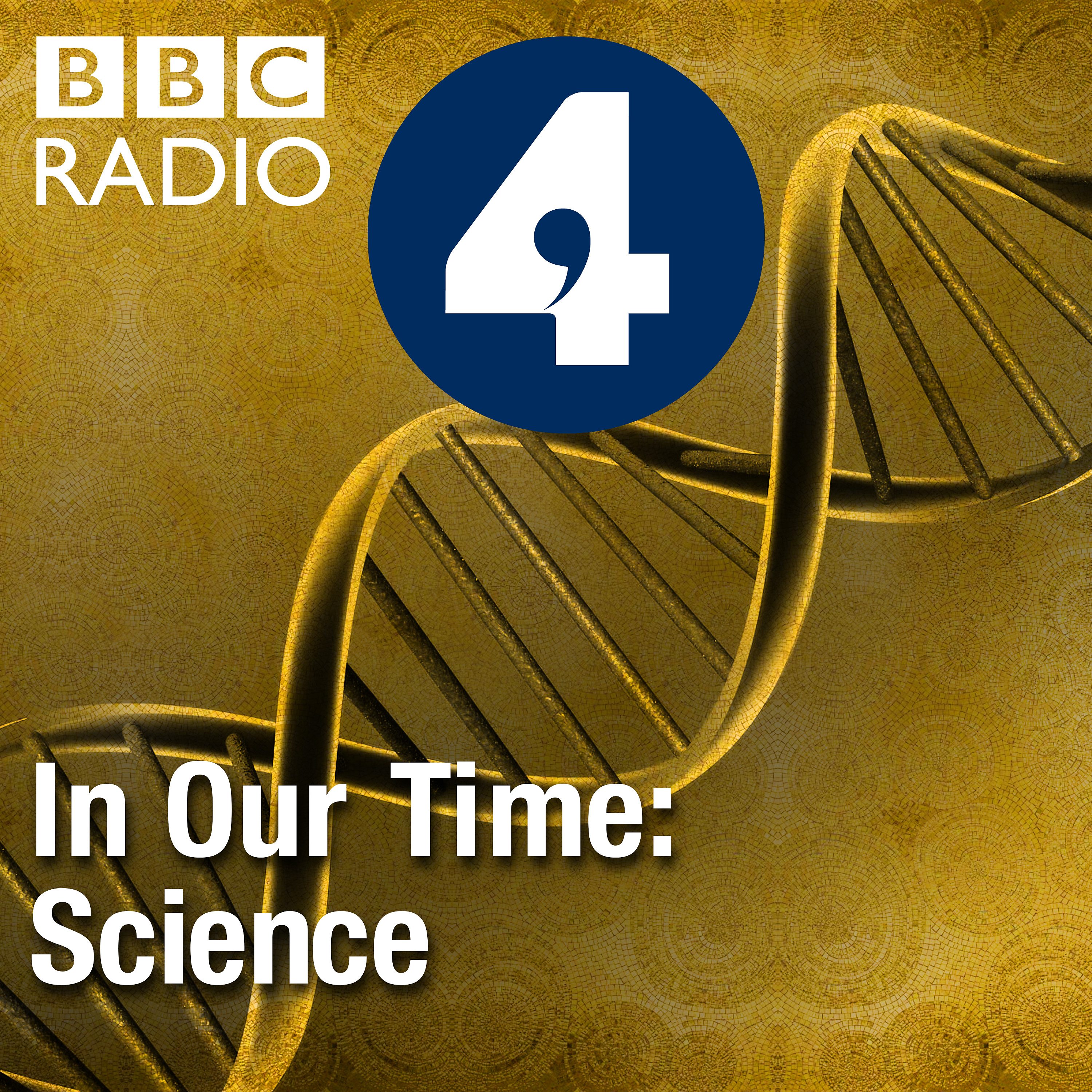
Why is Mercury difficult to observe from Earth?
Mercury is difficult to observe due to its proximity to the Sun, which causes it to be lost in the Sun's glare most of the time. It is only visible when the Sun is below the horizon, during evening or morning twilight, and it never appears more than 28 degrees away from the Sun. Additionally, observing conditions are often hindered by hills, clouds, and haze near the horizon.
How did observations of Mercury contribute to Copernicus's heliocentric model?
Observations of Mercury and Venus, which are always seen close to the Sun, led Copernicus to infer that these planets orbit the Sun rather than the Earth. This was a key piece of evidence supporting his heliocentric model, as it explained why Mercury and Venus never appeared on the opposite side of the sky from the Sun.
What significant discovery did Mariner 10 make about Mercury's magnetic field?
Mariner 10 discovered that Mercury has an internally driven magnetic field, which was surprising given its small size and proximity to the Sun. This magnetic field is about 1% the strength of Earth's and indicates the presence of a liquid part in Mercury's iron core, allowing for convection and the generation of the magnetic field.
What is the significance of the Caloris Basin on Mercury?
The Caloris Basin is the largest impact basin on Mercury, measuring about 1,500 kilometers across. It formed around 3.8 to 4 billion years ago and is located at the point on Mercury that experiences the highest temperatures. The basin's smooth floor suggests it was resurfaced by lava flows, providing insights into Mercury's volcanic history.
What did the MESSENGER mission reveal about Mercury's volcanic activity?
MESSENGER revealed evidence of ancient volcanic activity on Mercury, including vast lava plains and explosive volcanic vents. These vents, some as deep as 3.5 kilometers, are surrounded by bright deposits of material ejected during eruptions. The presence of volatile materials in these eruptions suggests Mercury has a more complex geological history than previously thought.
How did Einstein use Mercury to validate his theory of general relativity?
Einstein used the precession of Mercury's orbit, which advances slightly each time it orbits the Sun, to validate his theory of general relativity. Newtonian mechanics could not fully explain this anomaly, but Einstein's equations accurately predicted the observed precession, providing strong evidence for his theory.
What is the BepiColombo mission and why is it important?
BepiColombo is a joint mission by the European Space Agency and the Japanese Space Agency to study Mercury. It aims to provide detailed insights into Mercury's geology, surface composition, and magnetosphere using two orbiters. The mission is significant because it will offer a more comprehensive understanding of Mercury's extreme environment and its formation history.
Why might there be water ice on Mercury?
Water ice on Mercury is likely found in permanently shadowed craters near the poles, where temperatures remain extremely cold despite the planet's overall heat. This ice is thought to have been delivered by comets or asteroids during the early heavy bombardment period and has been preserved in these sheltered regions.
What are the hollows on Mercury, and what do they reveal about the planet?
Hollows are shallow, steep-sided depressions found on Mercury's surface, often in crater floors. They are surrounded by bright halos and are thought to form when volatile materials in the surface layer sublimate or are eroded away. These features suggest ongoing geological processes and the presence of volatiles on Mercury.
What challenges are involved in landing a spacecraft on Mercury?
Landing on Mercury is challenging due to its proximity to the Sun, extreme temperatures, and lack of atmosphere. A spacecraft must slow down significantly to land safely, and it would need to operate during Mercury's long night to avoid being destroyed by daytime heat. Additionally, the absence of an atmosphere means parachutes cannot be used for braking.
Shownotes Transcript
Melvyn Bragg and guests discuss the planet which is closest to our Sun. We see it as an evening or a morning star, close to where the Sun has just set or is about to rise, and observations of Mercury helped Copernicus understand that Earth and the other planets orbit the Sun, so displacing Earth from the centre of our system. In the 20th century, further observations of Mercury helped Einstein prove his general theory of relativity. For the last 50 years we have been sending missions there to reveal something of Mercury's secrets and how those relate to the wider universe, and he latest, BepiColombo, is out there in space now.
With
Emma Bunce Professor of Planetary Plasma Physics and Director of the Institute for Space at the University of Leicester
David Rothery Professor of Planetary Geosciences at the Open University
And
Carolin Crawford Emeritus Fellow of Emmanuel College, University of Cambridge, and Emeritus Member of the Institute of Astronomy, Cambridge
Producer: Simon Tillotson In Our Time is a BBC Studios Audio production
Reading list:
Emma Bunce, ‘All (X-ray) eyes on Mercury’ (Astronomy & Geophysics, Volume 64, Issue 4, August 2023)
Emma Bunce et al, ‘The BepiColombo Mercury Imaging X-Ray Spectrometer: Science Goals, Instrument Performance and Operations’ (Space Science Reviews: SpringerLink, volume 216, article number 126, Nov 2020)
David A. Rothery, Planet Mercury: From Pale Pink Dot to Dynamic World (Springer, 2014)